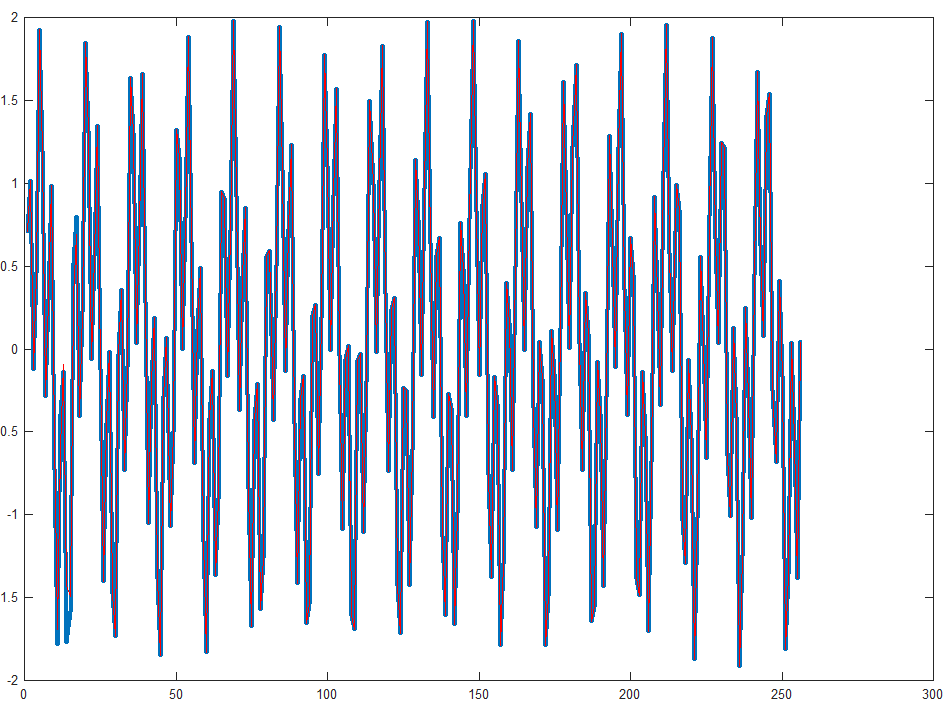Consider a signal that is sparse in frequency, but it measured in the time domain, for example (in matlab):
t=linspace(0,4,2^8);
x=sin(2*pi*t)+sin(2*pi*3*sqrt(2)*t+pi/4);
let's say that some fraction of the signal is missing, for example the 120-130 measurement:
x(120:130)= NaN;
using standard interpolation methods (nearest neighbors, spline, etc) will fail to reproduce the missing signal, because these methods do not make use of frequency information of the signal.
I thought that by using compressed sensing (L1-magic for example) and random sampling of the signal outside the missing part I'll be able to recover the signal and the missing part, but looking into it I saw that I still need the full signal to create a measurement vector via y=Ax, where A is the sensing matrix.
If x has NaN values then y will be all NaNs, and the entire process is compromised.
So how can I "compress" my sampling by not having the full signal even though it has the information needed? (assuming the sparsity above)...
I'm aware I may use other techniques but I'm curious how to use CS.

 (blue line is CS interpolated and red is original signal)
(blue line is CS interpolated and red is original signal)